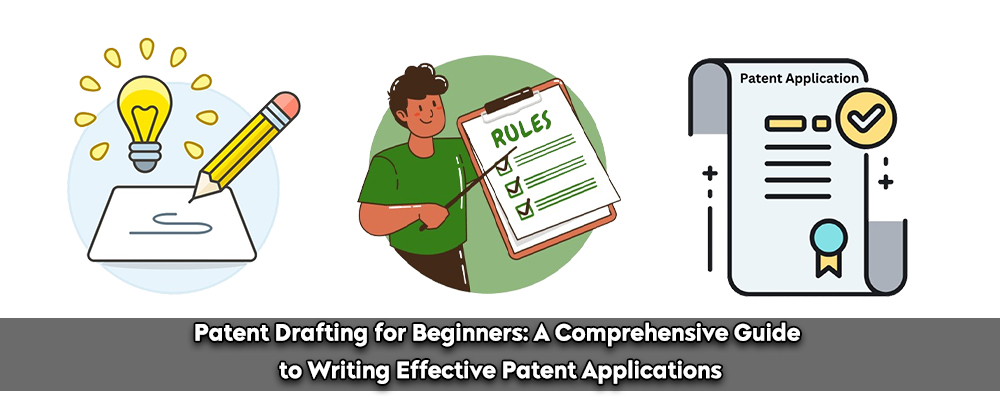Patents are intellectual property rights. A powerful legal and technological instrument grants you the only right to commercialize your concept. It also protects your ideas and creations from reproduction, reuse, and theft. By filing for a patent, you may ensure that no other entities can profit commercially from your creation.
Patents are often granted for tangible inventions that require research and technology. Because most things are made up of multiple elements, patents are intended to protect the specific technological aspects of a product that make it better. For example, you may not be able to patent a cell phone, but you can patent the unique application codes, screen technology, and battery type. To ensure that you, the inventor, are the sole beneficiary of your innovation, you must go through the patent authoring and filing process.
Need A Legal Advice
The internet is not a lawyer and neither are you. Talk to a real lawyer about your legal issue

What is Patent Drafting?
Filing for a patent is a difficult process that requires the inventor to offer a detailed explanation of their invention. This explanation must describe why the idea is unique and innovative, detailing all of the aspects of the invention that make it special. This process is known as patent drafting. It is done to protect new inventions and ensure that each is unique.
Patent Drafting for Beginners Step-by-Step Guide
Once your team is in place, you may proceed to the next phase, which is to methodically draft the patent. This is a step-by-step approach to patent drafting.
Check whether your innovation is patent able
The first stage in patent writing is to determine whether your innovation is patentable. This will necessitate a thorough patentability search to assess whether you have any prospect of obtaining the patent. Ideally, the search should include both patented and non-patented references. Conducting a thorough patentability search also helps inventors have a better grasp of the qualities of their ideas and whether they have a good probability of obtaining a patent. Furthermore, the references uncovered before submitting the patent can help you fine-tune your innovation and patent application, ensuring that you do not file a patent for pre-existing intellectual property. However, this step is optional. While it may require some extra effort at first, it can save you a lot of time (and money) in the long run.
Fill out the patent-drafting application
If you’ve progressed to the application stage, you must complete and submit Form 1, commonly known as the Indian Patent Application Form, coupled with Form 2, the patent specification form. Depending on which Indian state you live in, you will need to file either a provisional or complete patent application. If your invention is still in development, it is recommended that you file a provisional application, which will block the filing date. You have 12 months to file the whole specification, giving you plenty of time to test and finalize your innovation.
Fill out the relevant forms to finish your patent application:
Aside from Forms 1 and 2 described above, your patent application must include numerous other forms. The forms you supply vary depending on whether you are filing a patent in India as an Indian resident, applying for an international patent, or a foreign applicant making an application in India for a patent grant.
Publication of Patent Applications
Once your application has been successfully filed, the Indian Patent Office publishes it in an official patent journal, usually 18 months after it is submitted. You can request early publication by filling out Form 9, which will allow your application to be published within one month. Your rights and privileges as a patent holder begin on the day of publication but are only valid after the patent is issued.
Examination of the Patent
After completing the patent writing, the Indian Patent Office is required to properly analyze your application before issuing you the patent. During this process, your patent is evaluated based on its merits and the claims included in the patent application. Unlike publication, which occurs automatically, you must submit a request for patent examination by filing Form 18.
Final decision
Once the examination and objections process has been completed properly, the Indian Patent Office will grant your patent and publish it in the Patent Gazette. It is important to note that the patent is only valid for 20 years at most. You must pay a renewal fee to keep the patent valid for 20 years.
Lead India offers a range of legal services, including free legal advice and online information. You can talk to a lawyer and ask a legal question on various matters, including divorce, through our platform.



